
 Categories
Categories  Antibodies
Antibodies
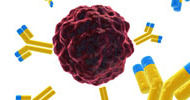
Looking to buy reliable and cost effective Antibodies for your research?
Antibodies are protein molecules used by an organism’s immune system to bind to and deactivate a foreign molecule, or antigen, such as a virus or a drug. The 3-dimensional shape of the antibody must fit the epitope on the surface of an antigen, in order to bind with that antigen to prevent it from harming the organism, or to tag it for destruction.
Since their discovery in 1890, antibodies have become the workhorses of the lab in genetic, protein, biochemical and other research, as well as for drug development, therapeutics and diagnosing infectious diseases. In the lab, antibodies are used to detect specific proteins. For example, new methods are being developed that use antibodies to detect cancer cells in a patient’s bloodstream.
Humans alone create billions of different antibodies, while other organisms such as mice, goats, chickens, plants, viruses and insects generate billions more. Thousands of these antibodies are available to researchers in purified commercial preparations.
For research or clinical testing, antibodies are prepared by injecting an antigen into a living host, such as a mouse, which reacts by creating large amounts of antibodies that must then be extracted for use. The host species used is just one of several considerations for choosing a particular antibody for a given assay. Another consideration is the target gene or protein to be studied, including the specific part and isoform of the protein.
Antibodies come in primary and secondary types. Primary antibodies react to the presence of an antigen. Secondary antibodies, labeled “anti-human” or “anti-mouse,” etc., bind to the primary antibodies. The secondary antibody can be designed so that an identifying marker allows a clinician or researcher to detect the presence of and/or measure the amount of the antibody.
Browse the product range below or simply use the Search Tool above to help find the best Antibodies at the most competitive prices.
Once you have selected a product, complete a ‘Get a Quote’ form to find the best price!

CYB5R1 (Cytochrome B5 Reductase 1) is a Protein Coding gene. Among its related pathways are Metabolism and Amino sugar and nucleotide sugar metabolism. GO...
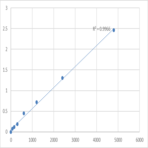
NADH-cytochrome b5 reductase 2 (CYB5R2) belongs to the flavoprotein pyridine nucleotide cytochrome reductase family of proteins. Cytochrome b-type NAD(P)H...

NADH-cytochrome b5 reductase 3 (CYB5R3) encodes cytochrome b5 reductase, which includes a membrane-bound form in somatic cells (anchored in the endoplasmic...

Cytochrome b5 reductase 4 (CYB5R4) is a flavohemoprotein that contains functional domains found in both cytochrome b5 (CYB5A; MIM 613218) and CYB5 reductase...
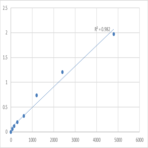
CYB5RL (Cytochrome B5 Reductase Like) is a Protein Coding gene. Among its related pathways are Metabolism and Amino sugar and nucleotide sugar metabolism. GO...
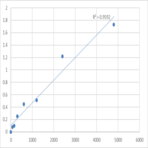
Cytochrome b-245 light chain (CYBA) encodes the light, alpha subunit which has been proposed as a primary component of the microbicidal oxidase system of...
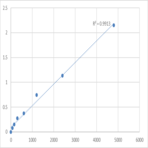
Cytochrome b-245 heavy chain (CYBB) encodes the heavy chain component of a heterodimeric transmembrane ion transporter composed of both a heavy and a light...
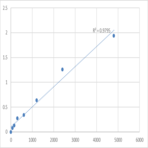
Cytochrome b reductase 1 (CYBRD1) is a member of the cytochrome b(561) family that encodes an iron-regulated protein. It highly expressed in the duodenal...
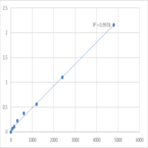
Cytochrome c-1 (CYC1) encodes a subunit of the cytochrome bc1 complex, which plays an important role in the mitochondrial respiratory chain by transferring...

CYFIP1 (Cytoplasmic FMR1 Interacting Protein 1) is a Protein Coding gene. Diseases associated with CYFIP1 include Fragile X Syndrome. Among its related...

CYFIP2 (Cytoplasmic FMR1 Interacting Protein 2) is a Protein Coding gene. Diseases associated with CYFIP2 include Fragile X Syndrome and Amyotrophic Lateral...
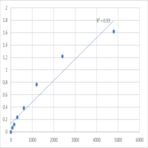
Cytoglobin (CYGB) encodes a globin protein found in vertebrate cells. The encoded protein is described as a hexacoordinate hemoglobin which binds ligand...
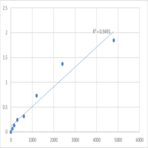
Cytochrome P450 2E1 (CYP2E1) encodes a member of the cytochrome P450 superfamily of enzymes. The cytochrome P450 proteins are monooxygenases which catalyze...
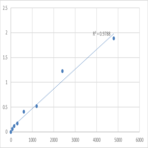
Cytochrome P450 2S1 (CYP2S1) encodes a member of the cytochrome P450 superfamily of enzymes. The cytochrome P450 proteins are monooxygenases which catalyze...

Cytochrome P450 2U1 (CYP2U1) encodes a member of the cytochrome P450 superfamily of enzymes. The cytochrome P450 proteins are monooxygenases which catalyze...
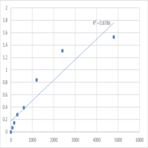
Cyp39a1 encodes a member of the cytochrome P450 superfamily of enzymes. The cytochrome P450 proteins are monooxygenases which catalyze many reactions...

Deoxycytidine kinase (DCK) is required for the phosphorylation of several deoxyribonucleosides and their nucleoside analogs. Deficiency of DCK is associated...
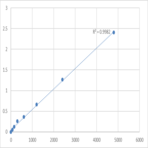
Doublecortin-like kinase 1 (Dclk1) encodes a member of the protein kinase superfamily and the doublecortin family. The protein encoded by this gene contains...
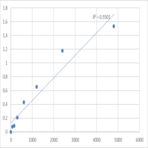
Doublecortin-like kinase 3 (Dclk3) encodes a member of the protein kinase superfamily and the doublecortin family. Differently from the other two closely...
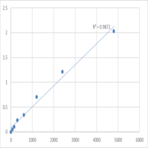
DNA cross-link repair 1C (Dclre1c) encodes a member of the SNM1 family of nucleases and is involved in V(D)J recombination and DNA repair. This protein has...